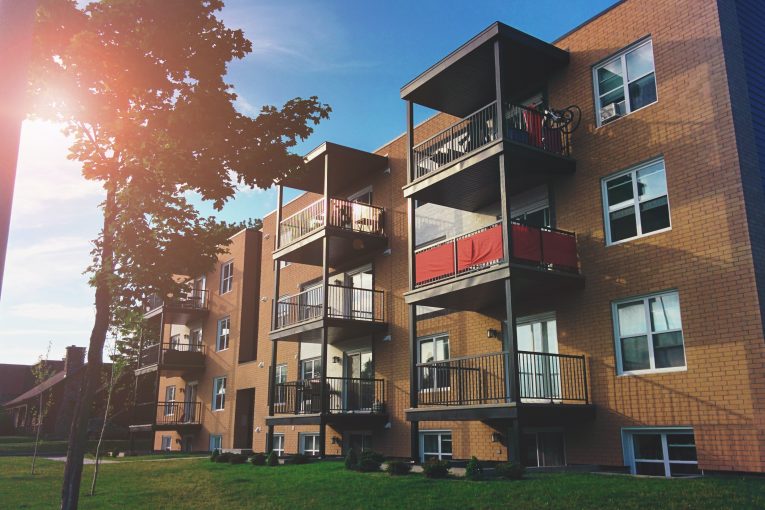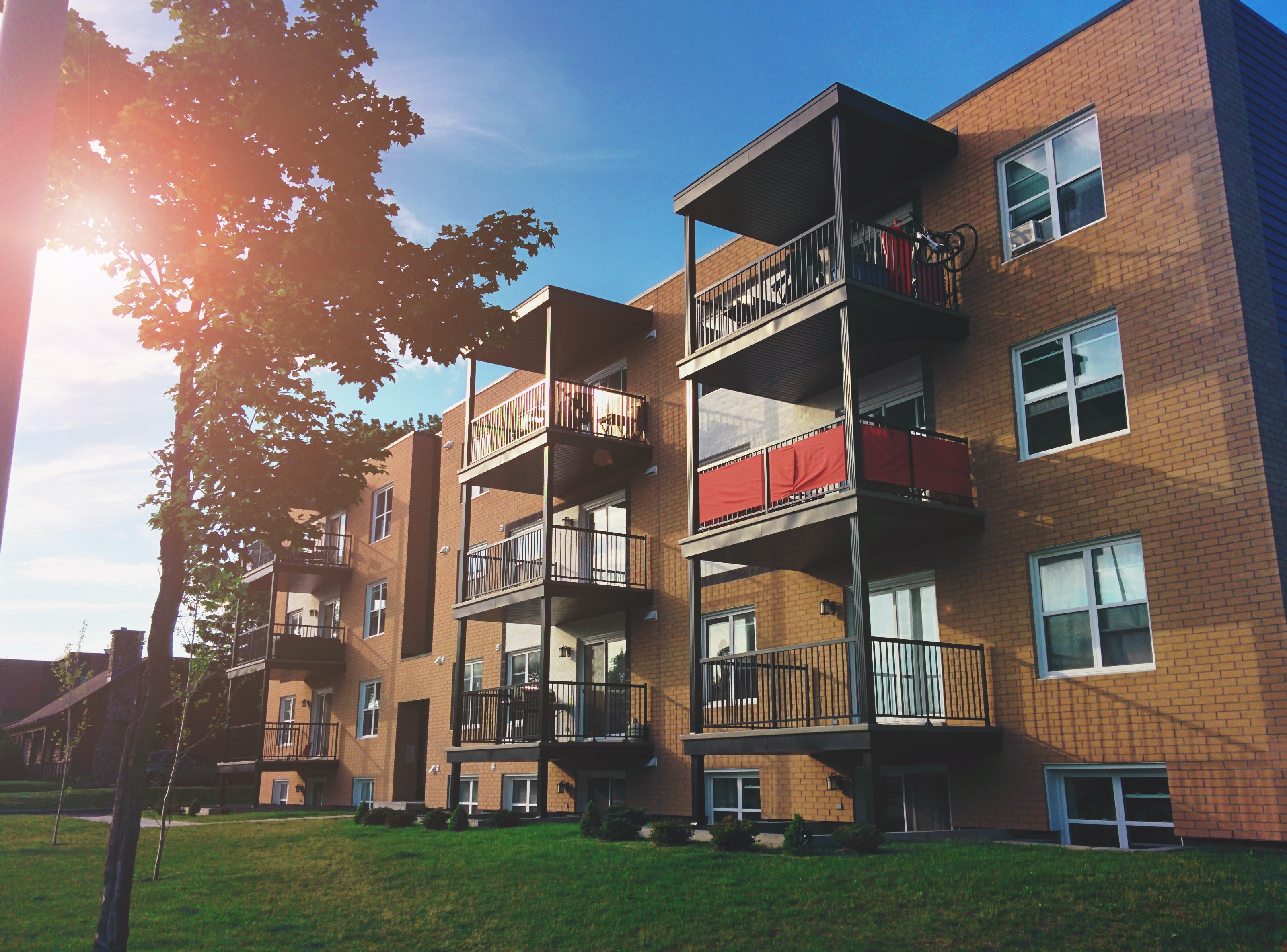

By Vanguard Staff
Sacramento, CA – California is in the midst of a deep housing crisis, which is leading to mass migration out of the state, skyrocketing eviction rates, record levels of homelessness and poverty, and a growing class of low income and middle class super commuters unable to afford housing within several hours of their jobs.
Senator Scott Wiener (D-San Francisco)’s housing legislation, Senate Bill 478, passed the Assembly by a bipartisan vote of 56-14 and the Senate on a bipartisan concurrence vote of 30-6. SB 478 will now head to the Governor’s desk for final approval. It is sponsored by California YIMBY.
“Honesty in zoning is so important when it comes to addressing our housing crisis,” said Senator Wiener. “SB 478 is especially important given the passage of SB 9 and SB 10, because with these new opportunities for increased density, it’s critical that loopholes and outdated regulations don’t get in the way of progress. While SB 478 simply adjusts our housing standards to be more consistent, it will have a big impact on the way we build housing in California.”
SB 478, the Housing Opportunity Act, ensures that when cities zone for small apartment buildings — between 3 and 10 units — those buildings can actually be built and are not effectively banned via extreme and restrictive square footage caps. Specifically, SB 478 sets minimum standards on floor area ratios (FAR) and minimum lot sizes for these small apartment buildings.
Excessively low FAR and excessively large minimum lot sizes are tools that numerous cities use to undermine their own zoned density — in other words, a city can zone for multi-unit housing, but extreme FAR or lot size requirements make that zoned density effectively impossible. As a result, cities give with one hand and take with the other, by using these loopholes to effectively cancel local zoning.
“Cities should not be allowed to use clever land-use accounting tricks to block housing on property where housing is legally allowed to be built,” said Brian Hanlon, CEO of California YIMBY. “This bill will make sure that cities follow their own rules for housing density, which will result in more homes for families who desperately need them.”
Current state law already preempts local FAR regulations from hindering the production of ADUs; when building an ADU, local FAR standards are void. SB 478 would simply require an FAR of 1.0 on lots zoned for 3-7 units, and an FAR of 1.25 on 8-10 units, rather than completely nullify them, as is the case with ADUs. This legislation would apply in urbanized areas in multi-family residential or mixed use zones.
SB 478 also provides that cities cannot deny a project solely on the basis that the lot size does not meet the local agency’s requirements for minimum lot size. Additionally, localities will not be allowed to impose a lot coverage requirement that would preclude a housing development from achieving the allowed FAR.
Many local governments in California are motivated independently to increase density in their neighborhoods, and others are required by state law to do so. However, due to the lack of adequate statewide standards and burdensome and outdated regulations, some California cities are able to avoid accountability and find loopholes to prevent denser housing from becoming a reality.





